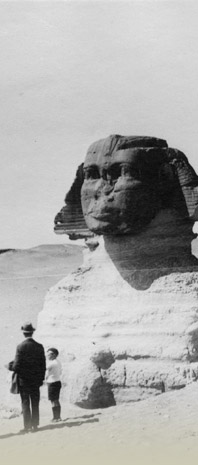Home // UM Museums // Curators in the Field // Kelsey Museum of Archaeology
Curators in the Field
Kelsey Museum of Archaeology
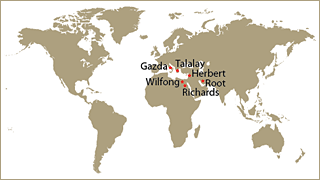
Elaine K. Gazda
Curator of Hellenistic and Roman Collections at the Kelsey Museum of Archaeology; Professor of Classical Art and Archaeology
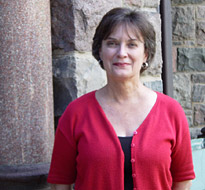
Elaine Gazda directed the Kelsey Museum from 1986 until 1997 and currently heads the curatorial team responsible for installing new exhibits in the museum's recently constructed addition. Her scholarly interests include Hellenistic and Roman art, particularly Roman sculpture, painting, and building techniques; Etruscan art and archaeology; and the art and archaeology of Graeco-Roman Egypt. She has done fieldwork in Italy at Cosa and Pompeii as well as in Turkey at Pisidian Antioch and Sardis.
Sharon Herbert
Director of the Kelsey Museum of Archaeology, Curator of Greek and Hellenistic Collections; Professor of Classical Archaeology and Greek, Department of Classical Studies
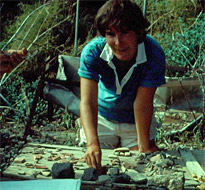
Sharon Herbert's scholarly interests include Greek archaeology, vase painting, and the Hellenistic Near East. She has directed excavations at Coptos, Egypt; at Tel Anafa, Israel; and currently at Kedesh, Israel, focusing on a major tell site of the Hellenistic period. Her discovery there of a large deposit of seal impressions has provided an unparalleled opportunity to consider bureaucracy and identity in a time of change, with implications for how we look at Kelsey seals and seal impressions of the Hellenistic Near East.
Janet Richards
Associate Curator for Dynastic Egypt at the Kelsey Museum; Associate Professor of Egyptology, Department of Near Eastern Studies
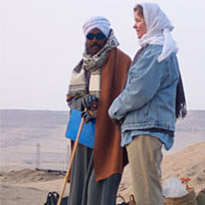
Janet Richards has worked in Egypt at Abydos, Karnak, Amarna, and Deir el Ballas; and currently directs an excavation project at Abydos in southern Egypt, focusing on mortuary remains from the late Old Kingdom through the Middle Kingdom but also confronting data from all succeeding periods of use. Results from these recent excavations have shed contextual light on the Kelsey's Predynastic and Dynastic era artifacts (c. 4000 to 332 BCE), the majority of which came into the collections through gift or purchase with little information on provenience. These new sources of information allow us to view the artifacts as part of ancient behavioral systems.
T. G. Wilfong
Associate Curator for Graeco-Roman Egypt at the Kelsey Museum of Archaeology; Associate Professor of Egyptology, Department of Near Eastern Studies
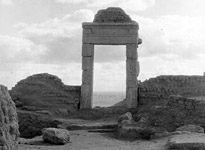
Prof. T. G. Wilfong works on Kelsey's collections from the University of Michigan's 1924-1935 excavations of the sites of Karanis, Soknopaiou Nesos and Terenouthis in northern Egypt. These sites were chosen by the original excavators to illustrate and understand daily life in Egypt in the Greek and Roman periods (c. 332 BCE - 641 CE), and continue to provide much information about the lives of their inhabitants and the society in which they lived.
Lauren Talalay
Curator for Academic Outreach and Exhibits at the Kelsey Museum of Archaeology
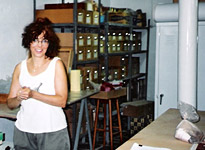
Lauren Talalay is a prehistorian who works primarily in Greece and studies human figurines, gender, and the use of the body as a symbol in the Neolithic period of Greece and the Mediterranean. Her recent fieldwork focuses on the southern tip of the island of Euboea, Greece where she works with a survey team looking for new archaeological sites and ancient settlement patterns. They have identified approximately 300 new sites that span from around 4500 BC to AD 1200.
Margaret Cool Root
Curator of Ancient Near Eastern and Greek Antiquities at the Kelsey Museum of Archaeology; Professor of Near Eastern and Classical Art and Archaeology, Department of the History of Art and the Interdepartmental Program in Classical Art and Archaeology
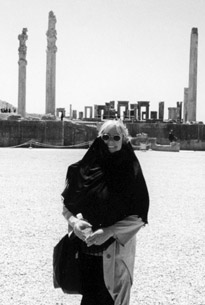
Margaret Root's research focuses on the art and archaeology of the Persian Empire and on its complex interactions with ancient Greece.
The study of ancient Near Eastern seals is an important dimension of Root's research on society, kingship, and cultural interactions in the Persian empire. She is principle investigator (in collaboration with M.B. Garrison) on a Kelsey-sponsored research effort, the Persepolis Seal Project, which documents and interprets the seals ratifying food-disbursement documents of the Persian empire excavated by Herzfeld for the Oriental Institute of the University of Chicago at the ancient Persian capital of Persepolis in Iran. Here, thousands of seal images can be associated with specific individuals traveling across the vast empire on stipulated business for the crown. From close friends of the king to camel drivers we glimpse real people through these documents.
At the Kelsey, Professor Root's new displays for the ancient Near East Gallery integrate issues of kingship and empire with the material record of society at all levels. In addition, the new Near East gallery emphasizes features of cultural hybridity and social negotiation as seen through artifacts such as clay figurines excavated from Seleucia-on-the-Tigris, which was the capital of the Seleucid kingdom founded in c. 312 in the aftermath of the death of Alexander the Great. These objects are important evidence in the study of a long tradition of representation and meaning of the female figure in Greater Mesopotamia. Many of them also speak to aspects of fusion in which traditions of ancient Near Eastern art are adopted and adapted to suit a society that included Greek settlers.
